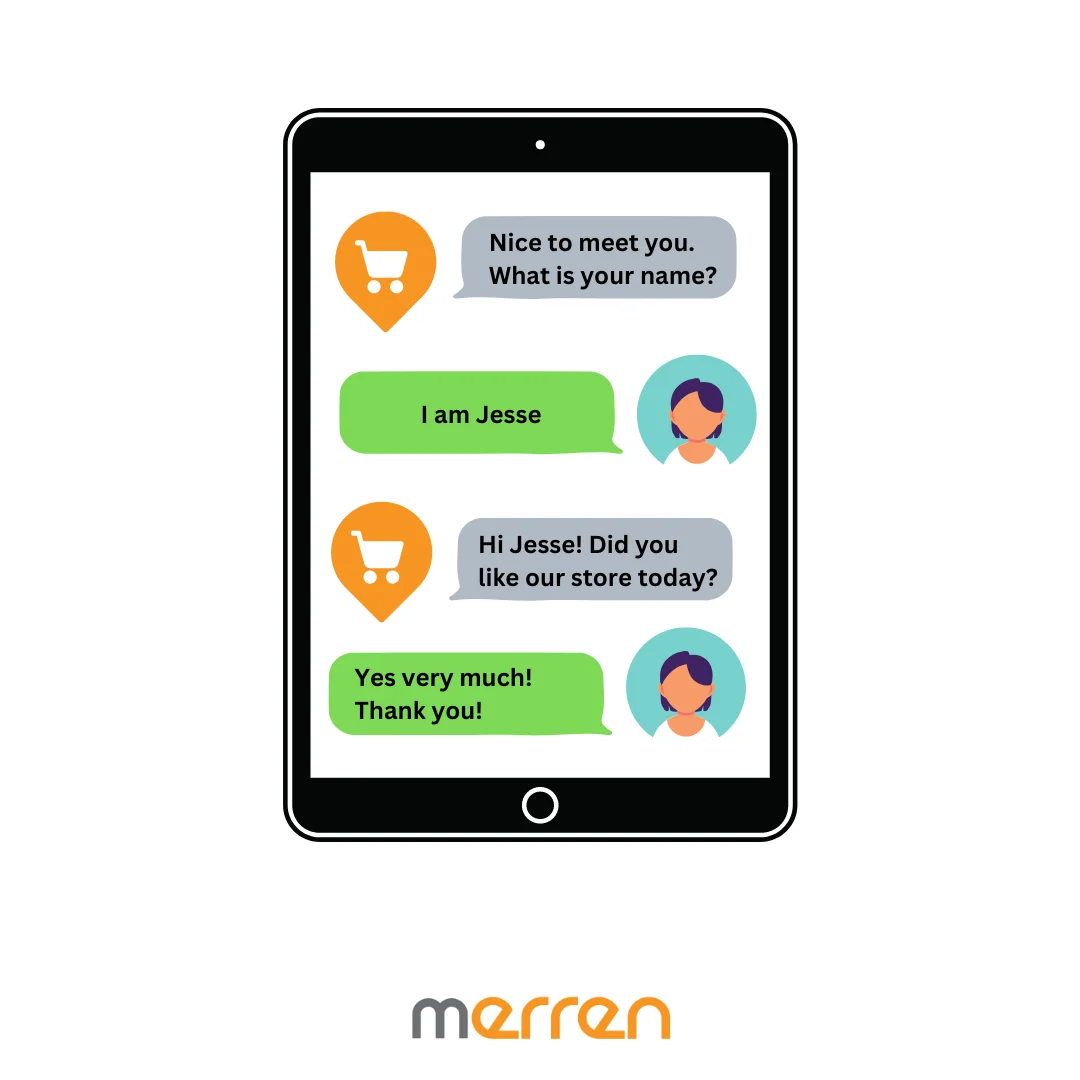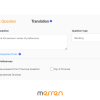You have spent a considerable amount of time creating your product, profiling your consumer and doing the needful research to seek consumer feedback. Now you deployed a well written survey to your mailing list and waited for a few days. To your dismay, the open rate was less than 2%. Sounds familiar?
This is a scenario no marketer wants to undergo. After all, creating a product and working to understand your customers is no small task. But before you spend your resources, you need to be in the shoes of a consumer. Ask yourself, what will make them answer our surveys? What is their incentive to reply to long email messages?
We are here to make this task simpler for you. So how do you create conversational surveys that bring in more responses?
The answer lies in these points:
1. Use a conversational tone so that the survey won’t feel like a form:
Most surveys feel like an interrogation. You can prevent this by using a simple method.
A form based survey would look like this:
Name:
Age:
Rating:
The same information collected conversationally would look like this:
Hi, can you please tell me your name?
Nice to meet you, <name>. What is your current age?
How did you rate the experience at our store today?
Which one do you think the customer would prefer and respond to?
2. Use contextual platforms to target customers:
A customer fresh out of a billing counter will have a vivid recollection of the entire purchase experience. The purchase process will still be relevant and contextual for them.. Launching a feedback system at that moment will have a greater response rate and be of a better quality. Social media applications are real time in nature amassing millions of messages exchanged on a daily basis. Whatsapp and Facebook Messenger are a great contexual platforms that can bring high survey response rate.
Probing customers on a past experience puts on a cognitive load which is not a good idea after all.
3. Use platforms that customers frequently and conveniently access:
Your customers come from different demographics, lifestyle, professions and may not have access to their emails. They can be hair-dressers or cab drivers, millennials or senior citizens, housewives or working professionals. Their routines might not allow them access to the platforms that you use for the survey. Choosing the right platform now becomes important.
If you want to collect feedback from someone who visited your store, “always-on” messaging platforms such as WhatsApp or Facebook Messenger would work the best. If someone visited your website, a chat bot would be the best platform as it avoids context switching. For someone who made a phone call to the customer service, a text or SMS might be the way to go as they are presently available on that medium.
4. Use local language with the target audience to create conversational survey :
Standardized surveys with a single language is the biggest barrier of response collection. A survey in a language that your customer might not be comfortable with, increases the effort the customer needs. This leads to reduced response rate. For a good customer feedback system, a healthy response rate is a prerequisite. Moreover, untranslated surveys also leads to poor comprehension of the questions and hence inaccurate responses. Hence, not translating your surveys leads to both quantity and quality issues with responses.
Using Merren, surveys can get automatically translated and deployed to the respective target audience in more than 70 languages. Merren’s facility of seamless survey translation can help you collect customer insights from a diverse demographic.
5. Use of emojis and rich media to keep surveys interactive:
A long survey is intimidating especially when you are in a casual setting such as a shopping mall. Messenger platforms in itself are supposed to be informal in nature. So brands can use emojis, media rich formats such as short audio or videos to make surveys interactive. This will keep users engaged and also make them more responsive.
6. Take time planning a survey before deploying it :
When you survey a consumer after a long gap, you can get tempted to bombard them with a plethora of questions. This creates multiple problems- makes surveys long, creates cognitive overload for consumers, and brings respondent fatigue.
Best surveys are often planned in time and have ample clarity on what they want to achieve with the questions. Let’s face it, we do not have the attention span to fill long winded surveys. Create questions that are critical in nature and find out the survey objectives. Using simple survey language and asking straight forward questions are a good start.
You can read more about optimising survey length for more responses here.
7. Follow up with your customers with a gentle nudge:
Sometimes a customer wants to give feedback but they may simply miss or forget doing so. Giving them a gentle nudge or having a follow up is a part of the conversation. Keeping a non-invasive follow up also helps brands stay on top of the minds of the consumers. Additionally, companies will also get richer insights to curate better market research and business strategies.
Would you like to create an enhanced customer experience? Now you can also create
conversational based surveys using our Merren platform. We offer a 14 day free trial where you can test out the features before any long term commitment. You can also book a free demo consultation call here.





